Want to take your arugula growing to the next level? The secret lies in companion planting—pairing your arugula plant with the right neighbors to boost growth, deter pests, and enhance flavor. Whether you’re looking for the best companion plants to improve your harvest or seeking creative gardening ideas to maximize space, smart garden pairing can make all the difference. From attracting beneficial insects to using a companion planting chart for optimal results, discover the top companion plants that will help your arugula plants thrive. A handy arugula companion plant reference chart is included as well. Let’s dive into the world of companion gardening and unlock the best strategies for growing arugula successfully!
Table of Contents
What is Arugula?
Arugula, (Eruca vesicaria), is a fun word to say. It’s also known as rocket or rucola, and is a leafy green vegetable with a peppery, slightly bitter taste. It belongs to the Brassicaceae family, which includes mustard, kale, and cabbage. Arugula is commonly used in salads, sandwiches, and pasta dishes and is rich in vitamins A, C, and K, as well as antioxidants and minerals like calcium and potassium. It can be eaten raw or lightly cooked to mellow its flavor. I use it mainly in tossed summer salads.
Why I Love Growing Arugula
Here in my Pacific Northwest USDA Plant Hardiness Zone 8b garden, I don’t get the vegetable garden planted until May. Since that always feels a bit late to me, I’m a huge fan of quick wins. Arugula does well in cool growing conditions, and sometimes May is very cool where I live. I often plant arugula along with other leafy greens, and most of the time they are ready to harvest sometime in late June. If you are a beginning gardener and want to see some rapid vegetable garden success, planting arugula is a great choice. The deer don’t usually nibble on it (maybe because I surround it with deer-resistant plants), and it’s easy to care for.
Arugula can be part of a vegetable garden, an herb garden, a potager garden, and now it’s part of a flower garden at my house. Since my husband and I are empty-nesters, we don’t eat as much garden produce as we used to. To make good use of the garden space, I have gradually planted more flowers, like dahlias, sunflowers, cosmos, and marigolds, to make more of a vegetable/cutting garden. Arugula fits in perfectly with this plan. Read on for ideas about what you can plant with arugula for a bountiful harvest!
Arugula Companion Plants: Flowers
Arugula benefits from companion planting with flowers that attract pollinators, deter pests, and enhance its growth. Some of the best companion flowers for arugula include:
Marigolds – Repel aphids, nematodes, and other pests while attracting beneficial insects.
Nasturtiums – Act as a trap crop for aphids and flea beetles, protecting arugula from damage.
Calendula (Pot Marigold) – Attracts pollinators and beneficial insects like ladybugs and lacewings, which help control pests.
Borage – Repels pests like hornworms and attracts pollinators and beneficial insects.
Chamomile – Improves the flavor of nearby plants and attracts hoverflies that feed on aphids.
Sweet Alyssum – Attracts beneficial predatory insects such as parasitic wasps and lacewings.
Violas and Pansies – Low-growing flowers that don’t compete much for space and add beauty to the garden while attracting pollinators.
Arugula Companion Plants: Herbs
Arugula pairs well with several herbs that help repel pests, enhance flavor, and promote healthy growth. Some of the best companion herbs for arugula include:
Dill – Attracts beneficial insects like ladybugs and parasitic wasps, which help control aphids and caterpillars.
Cilantro (Coriander) – Deters pests like aphids and attracts pollinators.
Chives – Repels aphids, flea beetles, and other pests while enhancing the flavor of nearby plants.
Mint – Strong aroma deters flea beetles, aphids, and cabbage moths, but keep it contained as it can be invasive.
Basil – Helps repel pests like thrips and aphids while improving the flavor of surrounding greens.
Thyme – Deters cabbage worms and flea beetles while attracting beneficial insects.
Oregano – Acts as a natural pest repellent and provides ground cover to retain soil moisture.
Parsley – Attracts beneficial insects such as hoverflies and predatory wasps.
Arugula Companion Plants: Vegetables
Arugula thrives alongside certain vegetables that provide shade, deter pests, or improve soil conditions. Some of the best companion vegetables for arugula include:
Carrots – Arugula helps repel carrot flies, while carrots’ deep roots loosen the soil for better arugula growth.
Radishes – Act as a trap crop for flea beetles, protecting arugula from damage.
Beets – Grow well alongside arugula without competing for nutrients.
Lettuce – Similar growth needs and helps shade the soil, keeping arugula cool and moist.
Spinach – Companion greens that share similar light and water requirements.
Peas – Fix nitrogen in the soil, benefiting arugula’s leafy growth.
Onions & Garlic – Repel aphids, flea beetles, and other pests that attack arugula.
Bush Beans – Improve soil nitrogen levels and provide light shade, which helps prevent arugula from bolting too quickly.
What Not to Plant with Arugula
When planting arugula, avoid certain plants that compete for nutrients, attract the same pests, or inhibit its growth. Here’s what not to plant with arugula:
Other Brassicas
As previously noted, arugula belongs to the Brassicaceae family, so planting it with other brassicas can lead to competition for the same nutrients, increased risk of shared pests like aphids, flea beetles, and cabbage worms, and higher chances of disease spread (e.g., clubroot or downy mildew). This includes:
Broccoli
Cauliflower
Brussels Sprouts
Cabbage
Kale
Mustard Greens
Nightshades
These plants require more sunlight and space, which can overshadow and stunt arugula. They may attract pests like aphids that can also affect arugula. Avoid planting arugula with:
Tomatoes
Peppers
Eggplants
Potatoes
Other Plants to Avoid
Strawberries: Can attract slugs and aphids, which also feed on arugula and compete for space and nutrients.
Fennel: Releases chemicals that inhibit the growth of many plants, including arugula.
Corn: Grows tall and can shade out arugula, which prefers partial sun but still needs some light.
Arugula Companion Planting Chart
Here’s an easy way to keep track of what to plant with arugula, and which plants to keep far away.
| Arugula Companion Plants | |
| Arugula Companion Plants: Flowers | Arugula Companion Plants: Herbs |
| Borage | Basil |
| Calendula | Chives |
| Chamomile | Cilantro |
| Marigolds | Dill |
| Nasturtiums | Mint (in a container) |
| Pansies | Oregano |
| Sweet Alyssum | Parsley |
| Violas | Thyme |
| Arugula Companion Plants: Vegetables | Worst Arugula Companion Plants |
| Beets | Broccoli |
| Bush Beans | Brussels sprouts |
| Carrots | Cabbage |
| Garlic | Cauliflower |
| Lettuce | Corn |
| Onions | Eggplants |
| Peas | Fennel |
| Radishes | Kale |
| Spinach | Mustard Greens |
| Peppers | |
| Potatoes | |
| Strawberries | |
| Tomatoes | |
Best Time to Plant Arugula
Plant arugula in early spring (or later in the spring, as I have to) or late summer for the best results. It thrives in cool weather, (as my May weather sometimes is) so sow seeds as soon as the soil is workable in spring (around 40–65°F) or late summer to early fall for a fall harvest. Avoid planting in hot weather, as arugula bolts quickly in high temperatures.
Best Place to Plant Arugula
Plant arugula in a spot with full sun to partial shade and well-draining, nutrient-rich soil with a pH of 6.0–7.0. It grows well in garden beds, raised beds, or containers. Avoid areas with prolonged heat exposure, as arugula prefers cool conditions. If you aren’t sure of the pH level of your soil, you can use a handy meter like this one.
Watering Needs of Arugula
Arugula needs consistent moisture to thrive (which is a good thing, because it rains a lot around here). Water about 1 inch per week, keeping the soil evenly moist but not waterlogged. In hot weather, increase watering to prevent bolting. Mulching helps retain moisture and regulate soil temperature.
How to Harvest Arugula
Harvest arugula when leaves are 3–4 inches long, usually 20–40 days after planting. Pick young leaves for a milder taste or let them grow for a stronger flavor. Use the cut-and-come-again method by snipping outer leaves and leaving the center to continue growing. Harvest early in the morning for the best flavor, and before the plant bolts to avoid bitterness.
Need More Planting Ideas?
Check out the tips for the best companion plants for eggplant to learn what to grow with those beauties. If you like the idea of companion planting, you might be interested in reading about the best companion plants for pumpkins, irises, sunflowers, garlic, asparagus, rosemary, radishes, beetroot (beets), thyme, parsley, lupine, borage, stevia, kale, dahlias, collard greens, or the best companion plants for lavender. Get tips for growing stunning dahlias or vintage roses. Are you a beginning gardener? Try planting some foolproof, easy-care perennials, or learning about the best companion plants for columbine. There are so many exciting plants to grow!
Keep Track of Your Garden with a Journal Logbook
Now that you have learned about some compatible companion plants, keep track of your planting ideas, goals, and plans with a printable, editable free garden journal logbook. Choose the pages you want to use and customize them as you wish to record monthly, weekly, and daily garden tasks, lists, weather, and planting arrangements. There are also grid pages for easily designing the layout of your vegetable garden, flower garden, or landscape. Print it out and put it into a notebook you can take with you to the garden (that’s what I do). It’s nice to have all of your garden information in one place.
Free Online Garden Planner Layout Template
Now that you know which are the best companion plants for arugula, you might need a way to plan your garden layout. Whether you are planting vegetables, flowers, or herbs near your lupine plants, this online garden planner can help you visualize your design and bring it to life. Arrange and rearrange the plants over and over, then print the layout when you are satisfied. With garden tasks that need your attention, this is one way to save time.
It’s fully customizable when you make your own copy and includes two editable chart pages for noting planting specifications.
Get my free online garden layout planner template!
Have a wonderful day, and may all of your arugula endeavors meet with success!

Lisa Mitchell is a wife, mom, and school librarian who likes to grow fruit, herbs, vegetables, and flowers on her family’s small Pacific Northwest farm. To learn more about what this website has to offer gardeners, click on over to the Garden page.

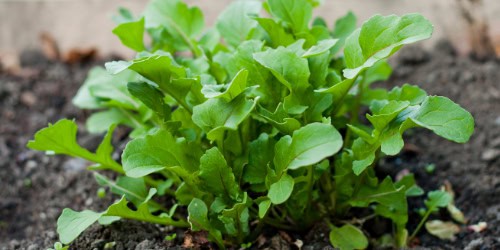
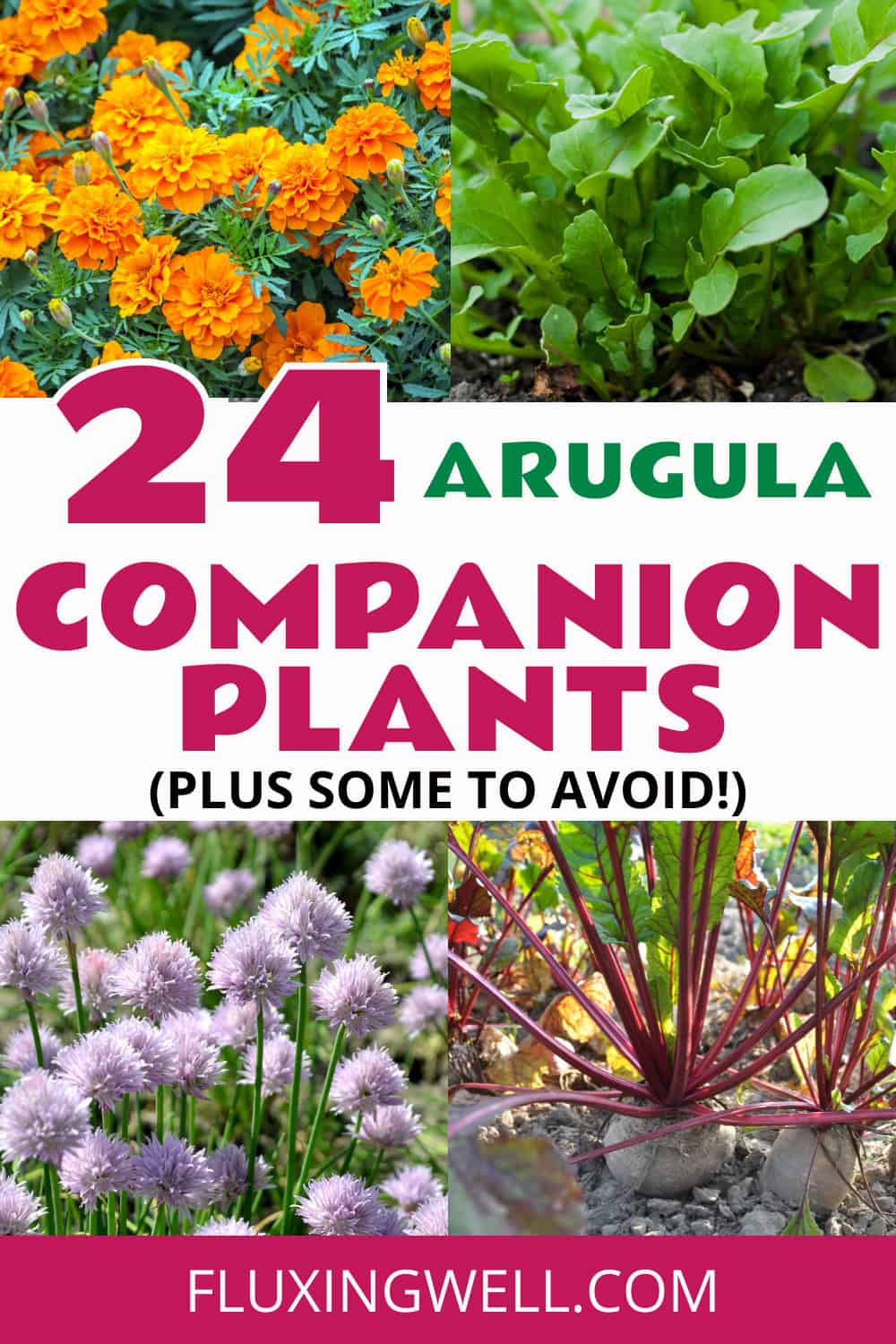
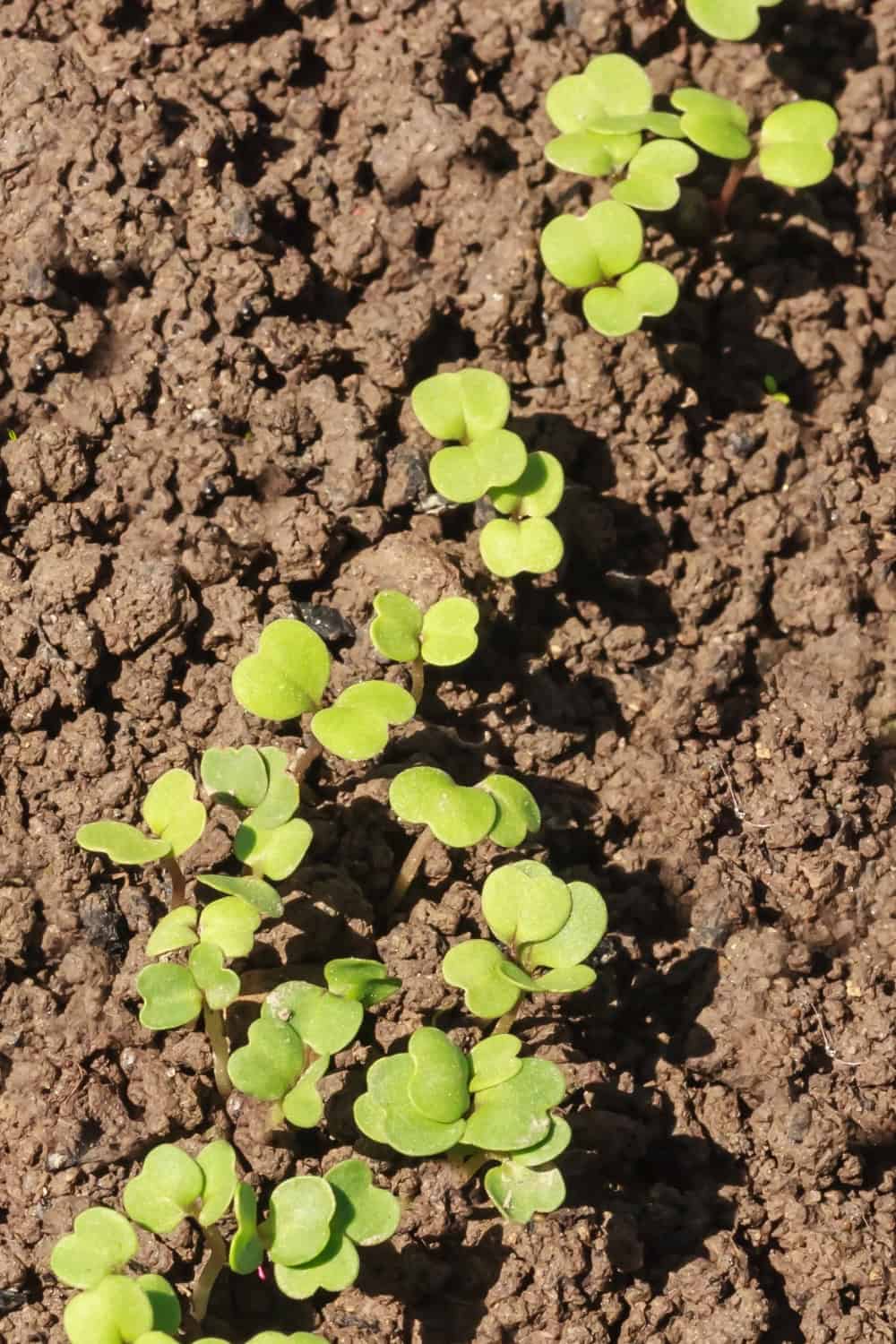
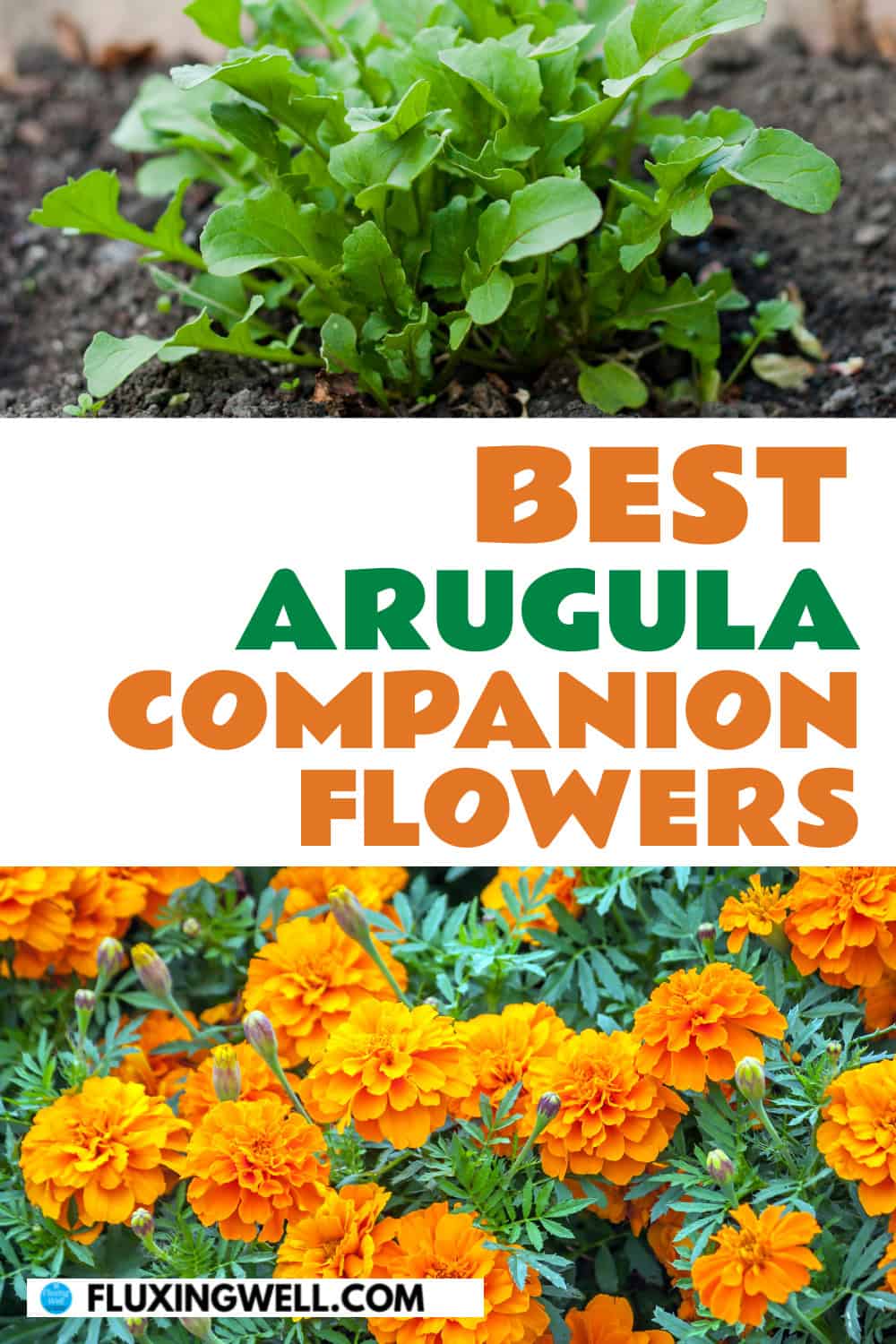
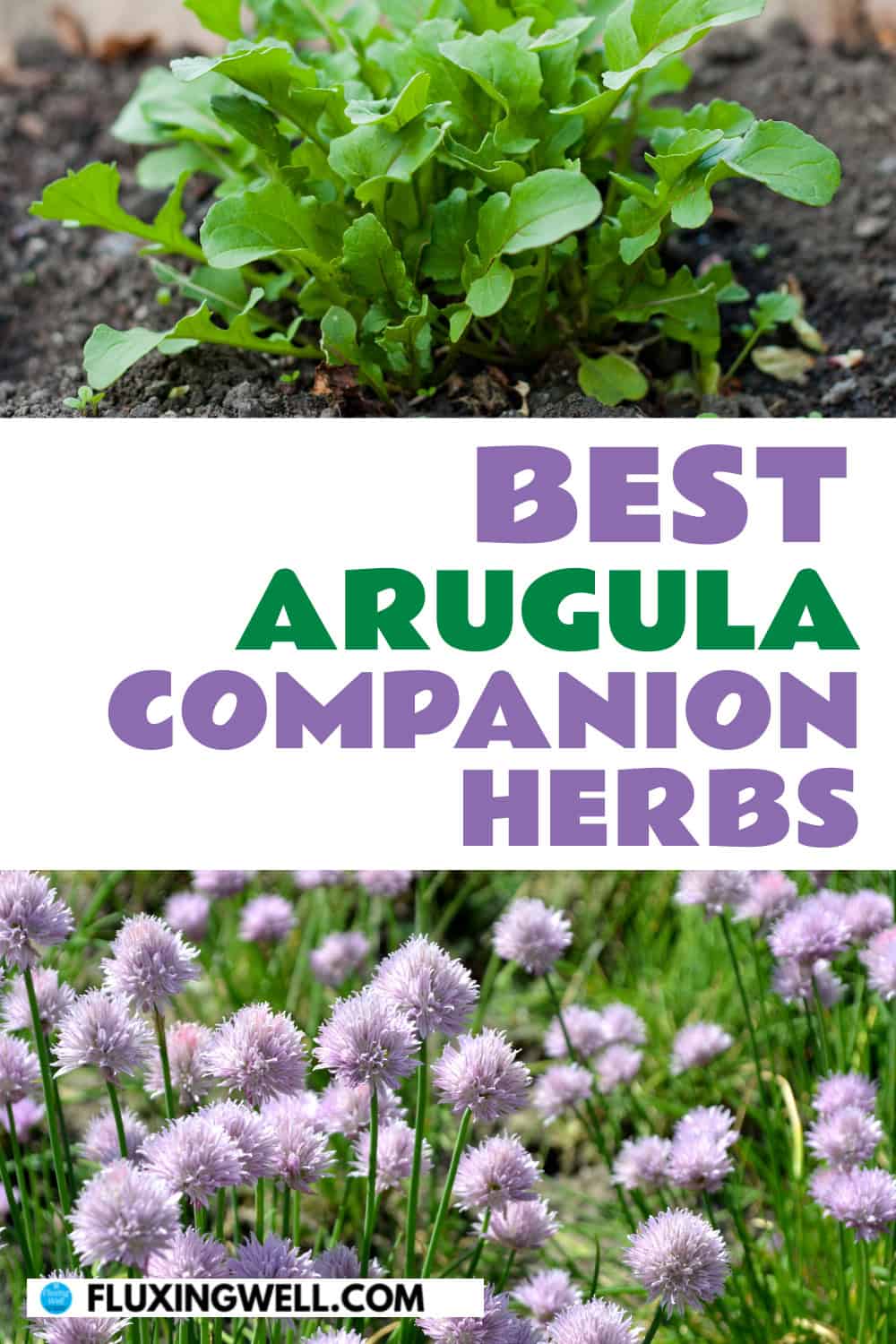
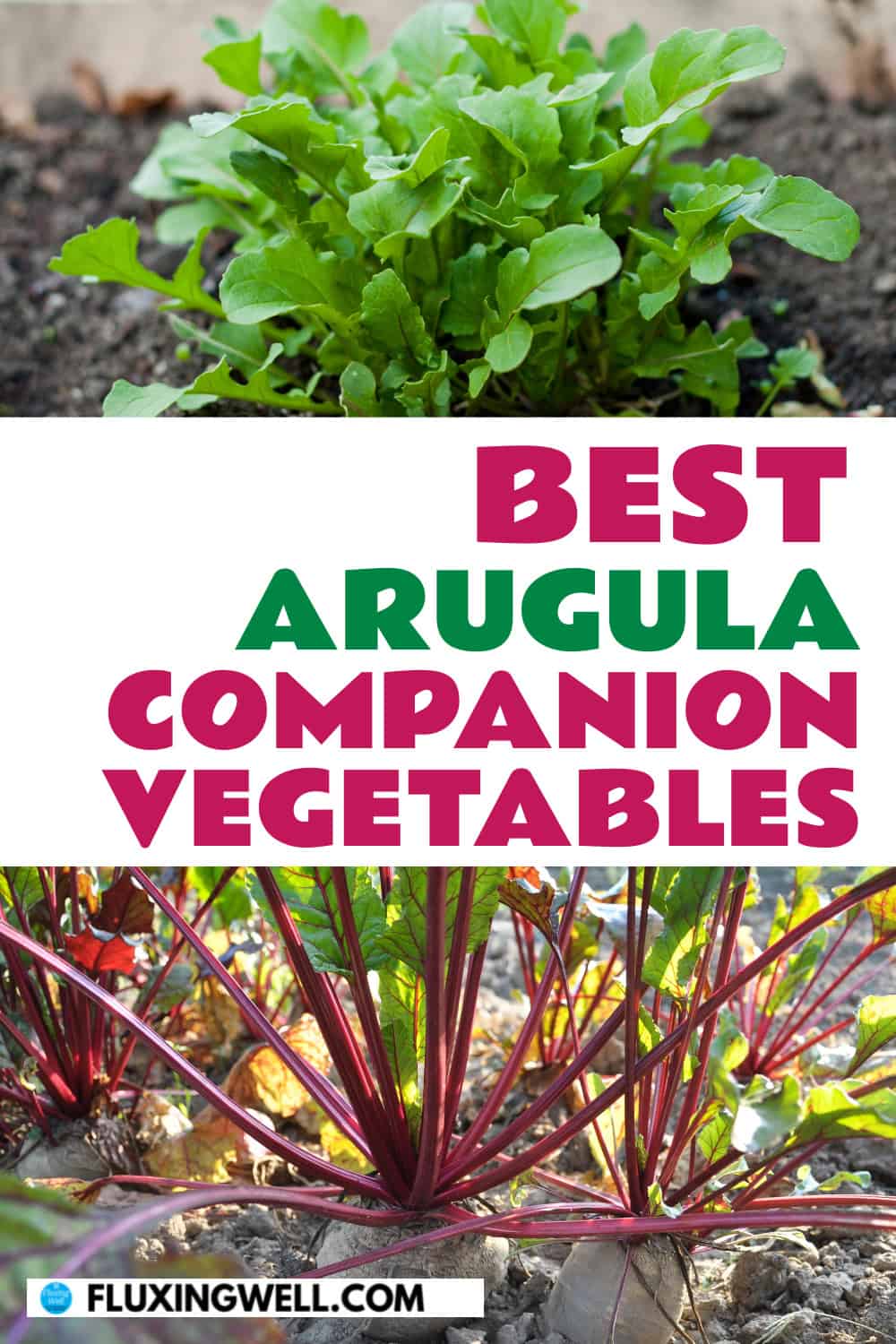
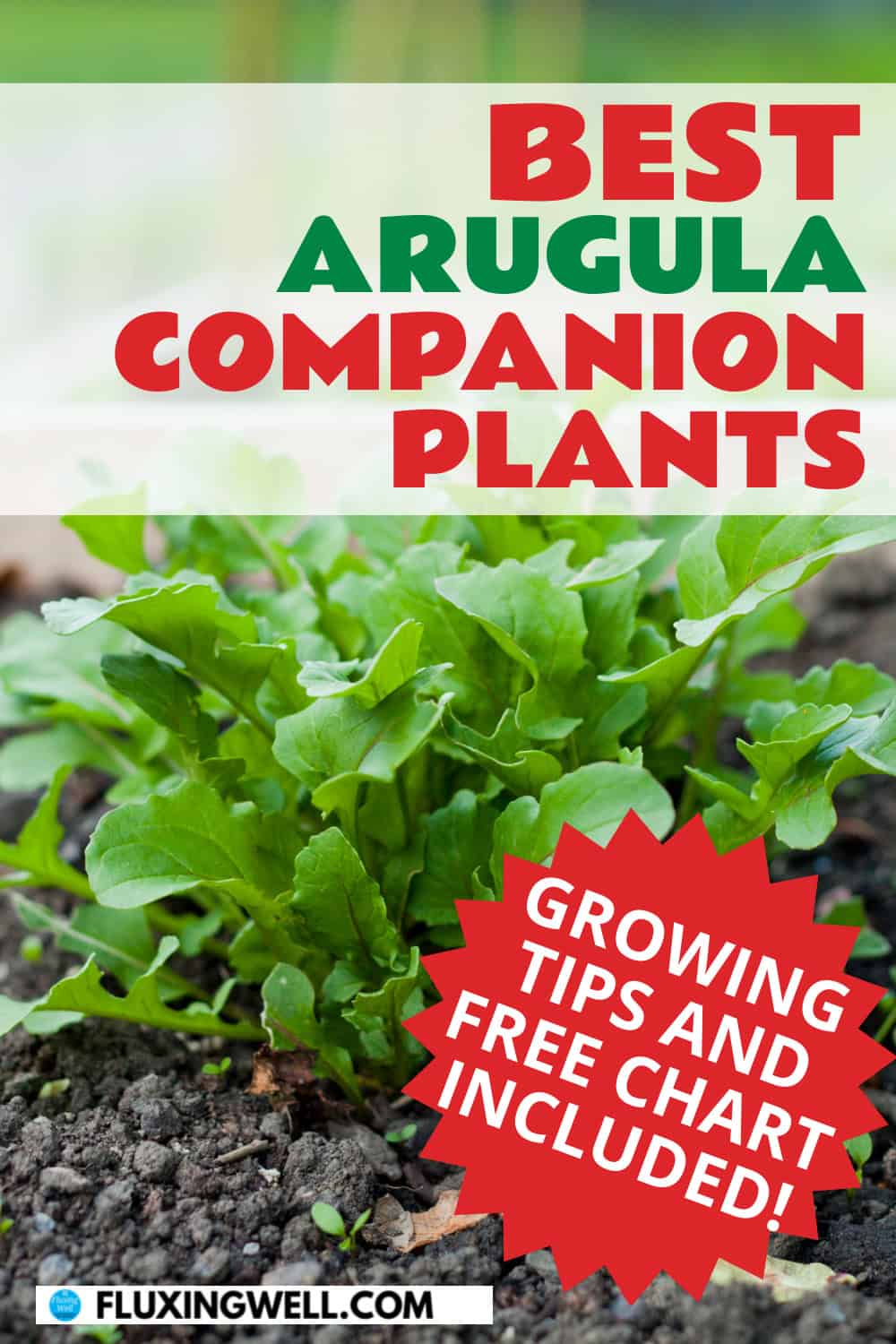

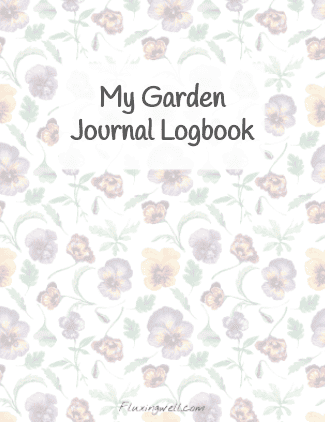

I want to grow more arugula, so your advice about good arugula companion plants is very welcome. I’m looking forward to the planting season!
Awesome! I hope you have great success with arugula and its companion plants.